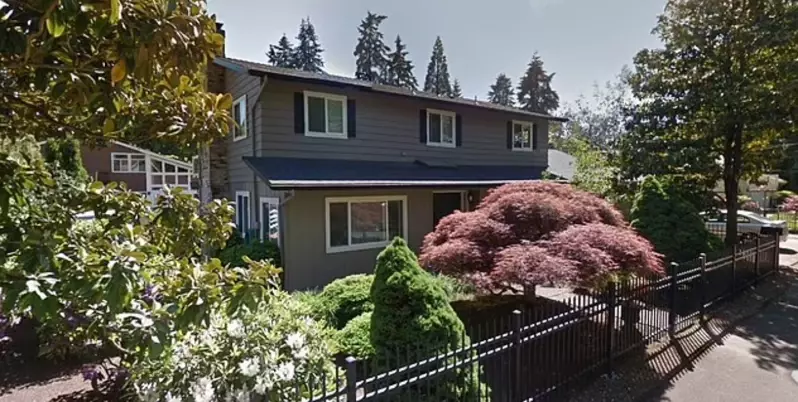A white Oregon couple discovered a 100-year-old racist clause on the title documents of their $1.8 million home that said it couldn’t sell the home to black, Japanese or Chinese buyers .
When Gerrit Koepping and his wife, Elisabeth Zeller, signed the deal for their Lake Oswego home in Portland in 2018, they were troubled by the racist clause in the contract Shocked, they have been trying to change the content of the contract since then.
Coppin and Zeller objected to the ancient clause, which stated that the property would not be “used or occupied” by any descendant of African, Chinese or Japanese descent “unless individuals of such ethnicity are employed as servants of the owner” .
But both the Land Registry Corporation and the court clerk’s office told them that title documents are part of the permanent record.
Coppin told The Oregonian, “As hateful and hurtful as that treaty is, it was a legal document that had to be signed to buy my house. Not only did I add my Names, I’m also joining several generations.”
For three years Coppin contacted local county boards, judges and local government officials to try to remove the clause.
In August 2022, Coping turned to Vietnamese-American Daniel Nguyen (Daniel Nguyen), who was the first member of color to be elected to the Lake Oswego City Council and is now a Democratic state representative.
Daniel applauds Coppin’s determination when he introduces a new bill that would allow homeowners to request new documents without an illegal agreement.
The new bill is not mandatory and must be initiated by the homeowner.
Old documents will be kept in separate files. As a historian, Coppin said it is important to “preserve the records of the past.”
After the Supreme Court banned racial segregation in 1917, “restrictive agreements” became popular across the United States.
In 1948, the Supreme Court ruled that states could not impose racist restrictions, yet the effects of the restrictive provisions continued until 1968, when Congress banned them entirely and passed the Fair Housing Act.
Coppin’s home, although built in 1969, is on land that was developed by Oregon Steel (OI&S) in 1923.




